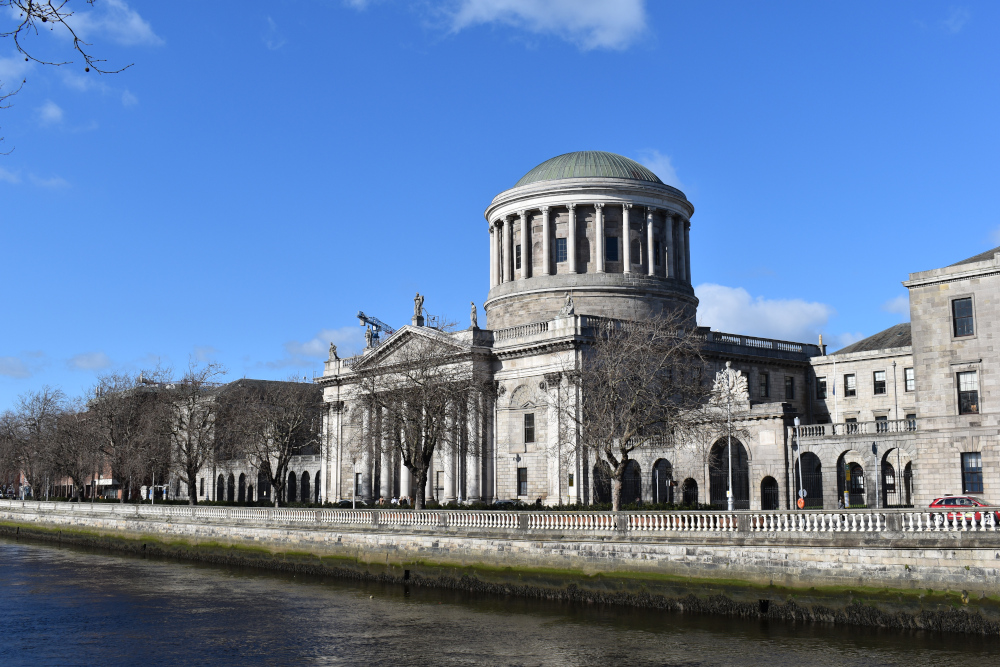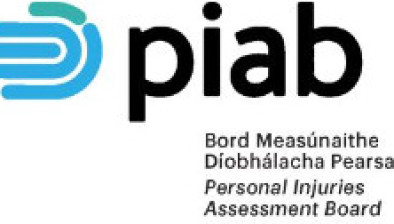High Court: Personal injuries case amended to allow new fact of slipping on truck steps rather than on wet floor

The High Court has allowed an amendment to a personal injuries summons which changed the method of accident from slipping on a wet floor to slipping on steps from a truck.

About this case:
- Citation:[2023] IEHC 64
- Judgment:
- Court:High Court
- Judge:Mr Justice Cian Ferriter
The plaintiff was an employee of the defendant who claimed that he slipped during the course of his work in October 2014.
Delivering judgment in the case, Mr Justice Cian Ferriter held that the new pleading did not cause undue prejudice to the defendant.
It was noted that the defendant had been in possession of CCTV footage from July 2015 which allowed other defendants to make specific pleadings that the truck’s steps caused the accident. Accordingly, the defendant had been on notice of the issue at an early stage and there was no truly new issue raised by the amendment.
Background
The plaintiff was employed as a truck driver by the first defendant, Deering Transport Limited (DTL). In October 2014, the plaintiff alighted from the cab of his truck onto the floor of a warehouse owned by the second, third and fourth defendants.
In a personal injuries summons issued in February 2016, the plaintiff claimed that he had slipped on a wet floor, causing injuries to his knee. This description was maintained in the plaintiff’s application to PIAB.
The other defendants, being the owners of the warehouse, had access to CCTV footage of the accident. In their defence, it was pleaded that the proper cause of the accident was the plaintiff slipping on the steps of the truck. A notice of indemnity and contribution was served on DTL.
Following this, the plaintiff’s expert engineer inspected the truck and the other defendant’s warehouse. At a joint engineering inspection, the plaintiff’s expert outlined that the plaintiff was making the case that the accident was caused by a defective step on the truck rather than the state of the warehouse floor.
A notice of discontinuance was served on the other defendants in November 2017 and the matter proceeded against DTL only. In 2018, the plaintiff issued a motion to amend the proceedings to reflect that the plaintiff’s mechanism of injury was slipping on the truck’s steps rather than on a wet warehouse floor.
DTL opposed the application on a number of grounds. First, it was said that there was delay in bringing the motion, which led to DTL being prejudiced in its defence of the action. It was also submitted that the plaintiff’s amendment was a “manifestly different claim” for which no PIAB authorisation had been granted. It was therefore said that the claim would ordinarily be statute-barred if brought at this remove from 2014.
High Court
Mr Justice Ferriter began by outlining the relevant law, which was not in dispute in the case. The governing principles were summarised in Stafford v. Rice [2022] IECA 47 and stated, inter alia, that prejudice must stem from the fact of the belated amendment rather than the presence of the amendment itself. A general rule was that an amendment setting up a new claim would not be permitted where the claim would be statute-barred at the time of amendment, but this was not an absolute rule.
Considering the alleged prejudice in the case, the court held that the reliance on the new fact of the truck’s step did not cause injustice to DTL. No specific issue had been outlined with witness recollection due to the passage of time. Further, DTL was in possession of CCTV footage from July 2015 which showed the accident. The other defendants had pleaded that the truck’s step was the true cause of the incident in their defence in 2016.
It was also surprising that DTL did not mention that it had an engineer inspect the truck in question seven months after being served with the plaintiff’s summons, the court said. Arising from this, it was clear that DTL was aware of the issue with the truck’s steps at an early stage in the proceedings. Accordingly, the court was not satisfied that any prejudice would likely arise from the amendment.
Turning to the limitations argument, the court noted that DTL did not provide any authority which was analogous to the facts of the case. It was held that the amendment did not alter the basis of the originally pleaded claim so as to deprive DTL of a limitations defence.
The claim was for negligence and breach of duty arising from the plaintiff alighting from the defendant’s vehicle during the course of employment, the court said. As such, the cause of action remained.
The originally pleaded particulars of negligence made allegations that DTL had inter alia failed to take proper precautions, exposed the plaintiff to risk of damage and failed to operate a safe system of work.
The amendments were necessary to determine the real issues in dispute between the parties and did not involve a new cause of action. Further, the allegation of the truck’s step was not a wholly new alleged fact because the other defendants had previously raised this issue in their defences. In the circumstances, “substantially the same facts” were already pleaded and the amendment was therefore permissible (Smyth v Tunney [2009] 3 IR 322).
The court held that it was inappropriate to take an “unduly mechanistic view” of the introduction of new facts which were already in issue in the proceedings. However, the court made it clear that the defendant should not be deprived of making any further defence that it wished based on the amendment.
Conclusion
The court permitted the amendments to the summons on condition that DTL would be entitled to raise further grounds of defence relating to the PIAB authorisation for the case and that the plaintiff must pay the costs of the amended defence and particulars.
Behan v. Deering Transport Limited and Ors. [2023] IEHC 64









